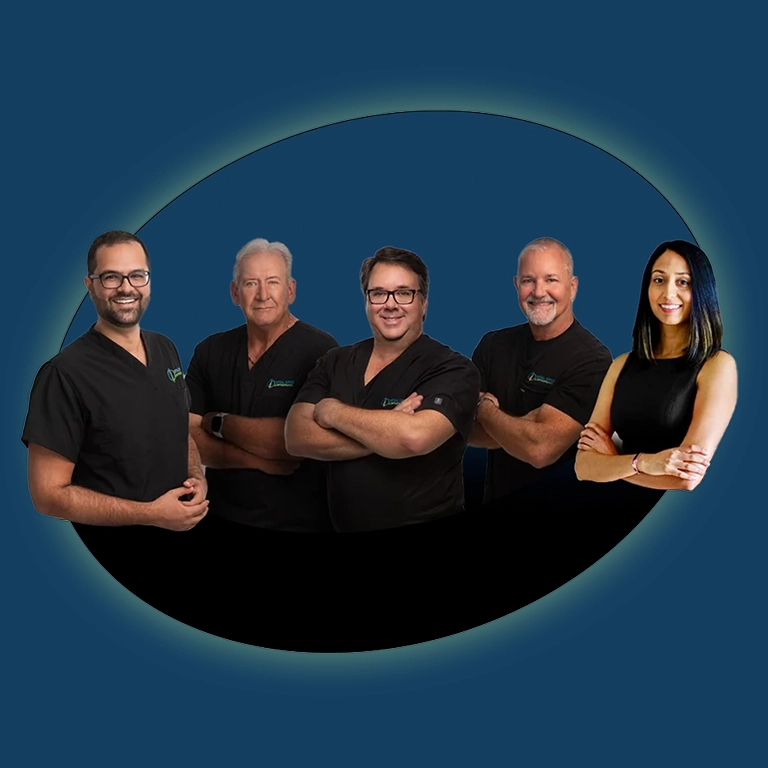What Are Extra Cellular Vesicles (ECVs)? Uses, Benefits, and FDA Guidance for Regenerative Medicine
Our Team
We are a team of highly specialized spine surgeons dedicated to pioneering the future of spine care.
Share:
Table Of Contents
- Understanding Extracellular Vesicles
- What Are Extracellular Vesicles (EVs)?
- Quick Summary
- What Do Extracellular Vesicles Do in the Body?
- Therapeutic Applications in Regenerative Medicine
- Regulatory Landscape and Safety Insights
- Extracellular Vesicles in Disease and Healing
- Extracellular Vesicles in Disease and Healing
- EV Therapies in Spine & Joint Health: What's Next?
- Who Might Benefit from EV-Based Regenerative Treatment?
- Why Choose Total Spine & Wellness?
- Frequently Asked Questions (FAQ's)
- External Sources
Understanding Extracellular Vesicles: The Future of Regenerative Spine Care
Extracellular vesicles (EVs), including exosomes and microvesicles, are emerging as revolutionary tools in regenerative medicine. These nano-sized particles carry signals between cells and play a significant role in healing, tissue repair, and inflammation regulation. For patients exploring regenerative spine therapies, understanding EVs can unlock new paths to minimally invasive, highly targeted treatments.
Extracellular vesicles (EVs) are microscopic particles released by cells that serve as communication vehicles within the body. These vesicles transport proteins, lipids, and genetic material like RNA between cells, helping to regulate inflammation, promote tissue repair, and support immune functions.
Among these, exosomes — a subtype of EVs — have gained considerable attention for their targeted healing capabilities.
What Are Extracellular Vesicles (EVs)?
Extracellular vesicles are small, membrane-bound particles released by nearly all cells. They include:
- Exosomes (30–150 nm)
- Microvesicles (100–1000 nm)
- Apoptotic bodies (500–2000 nm)
These vesicles transport proteins, lipids, and genetic materials, enabling cell-to-cell communication.
Quick Summary
EVs are communication vehicles between cells that carry critical biological signals, making them a vital component of regenerative treatments.
What Do Extracellular Vesicles Do in the Body?
EVs are involved in:
- Regulating immune response
- Promoting tissue repair
- Reducing inflammation
- Delivering therapeutic molecules to target cells
Their natural ability to carry bioactive cargo makes them ideal for cell-free therapies in regenerative medicine.
Therapeutic Applications in Regenerative Medicine
EVs are currently being researched and applied for:
- Spine and joint care: Accelerating healing of disc and joint degeneration
- Orthopedics: Addressing tendon, ligament, and cartilage injuries
- Neurology: Potential applications in neurodegenerative diseases
Compared to traditional stem cell therapies, EVs may offer similar regenerative outcomes with fewer risks.
At Total Spine & Wellness, we offer Exosome Therapy as part of our advanced regenerative treatments. If you’re exploring how exosomes can be used to support recovery, reduce inflammation, and regenerate tissue, learn more about our Exosome Therapy approach here.




Regulatory Landscape and Safety Insights
According to the FDA, EVs derived from human tissue are considered investigational biologics and must comply with regulatory pathways before approval.
Key considerations:
- Patients are advised to use only autologous (self-derived) materials
- EV products must be processed under sterile, controlled conditions
Always consult a licensed provider with experience in regenerative applications.
Extracellular Vesicles in Disease and Healing
EVs show potential in managing several conditions:
- Cancer: Possible biomarkers and delivery agents for chemotherapy
- Autoimmune diseases: Modulate immune response
- Cardiovascular and renal diseases: Encourage tissue repair and anti-inflammatory action
In spine care, their use is being investigated for intervertebral disc repair and neuroinflammation control.
EV Therapies in Spine & Joint Health: What's Next?
Clinical studies suggest EVs could:
- Promote disc regeneration
- Reduce reliance on invasive surgeries
- Be combined with endoscopic procedures for enhanced healing
Research is ongoing to determine optimal dosage, isolation methods, and delivery mechanisms.
Who Might Benefit from EV-Based Regenerative Treatment?
Ideal candidates:
- Patients with chronic back pain or disc degeneration
- Those ineligible for or avoiding surgery
- Individuals seeking biologic alternatives to corticosteroids
Note: A detailed consultation and MRI-based treatment plan are essential.
Why Choose Total Spine & Wellness?
At Total Spine & Wellness, our team leverages cutting-edge biologics, including extracellular vesicles, to support spinal and joint health. Backed by clinical protocols, advanced imaging, and a patient-first approach, we offer targeted, evidence-led therapies.
Schedule Your Consultation
Take the next step in healing naturally. Schedule an Appointment to learn if EV-based regenerative therapy is right for you.
Frequently asked questions (faqs)
What are extracellular vesicles used for in medicine?
EVs are being studied as diagnostic tools, drug delivery vehicles, and agents to promote tissue repair and immune regulation, especially in regenerative and cancer therapies.
Are extracellular vesicles and exosomes the same?
Exosomes are a type of extracellular vesicle. While all exosomes are EVs, not all EVs are exosomes.
How do extracellular vesicles work in regenerative therapy?
EVs carry proteins, RNA, and signaling molecules that influence tissue healing, reduce inflammation, and stimulate regeneration in target cells.
Are extracellular vesicles FDA approved?
As of now, most EV-based therapies are investigational. The FDA has not approved exosome products outside of clinical trials.
What size are extracellular vesicles?
They range from 30 to 2000 nanometers, depending on the type—exosomes being the smallest and apoptotic bodies the largest.
Can extracellular vesicles be used to regenerate spinal discs?
Emerging studies suggest EVs could support disc hydration, reduce inflammation, and promote cellular repair, making them promising for spine-focused regenerative care.

